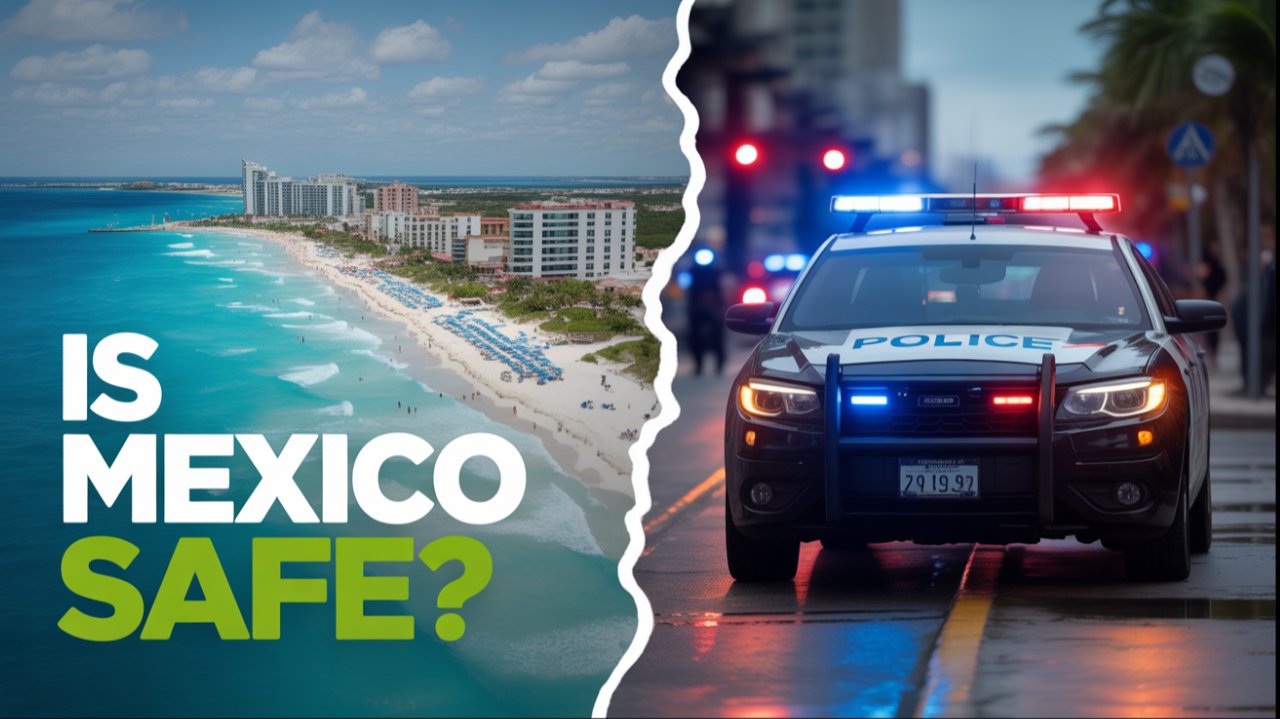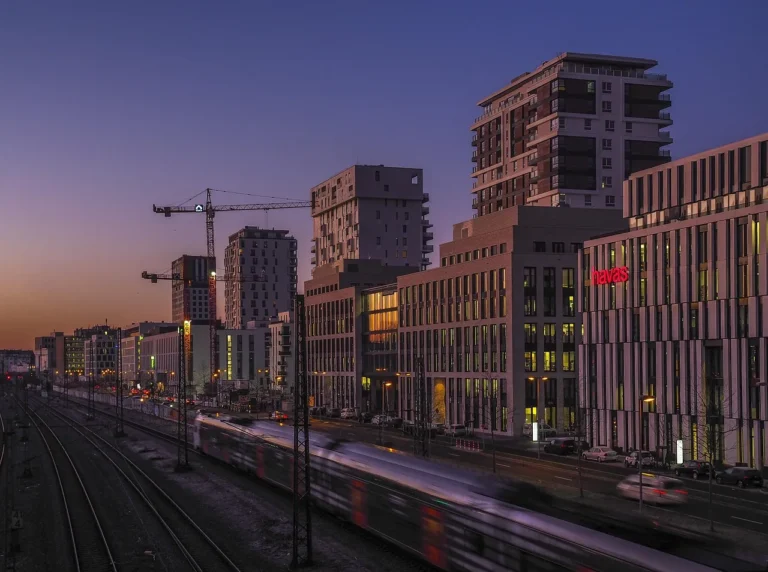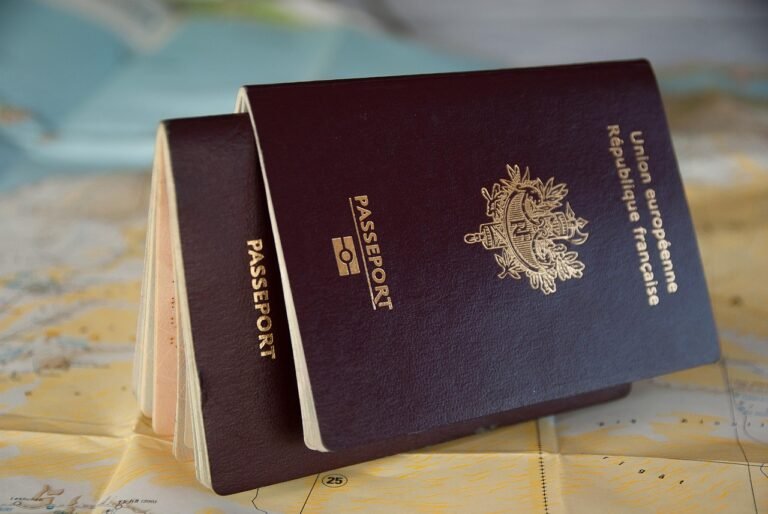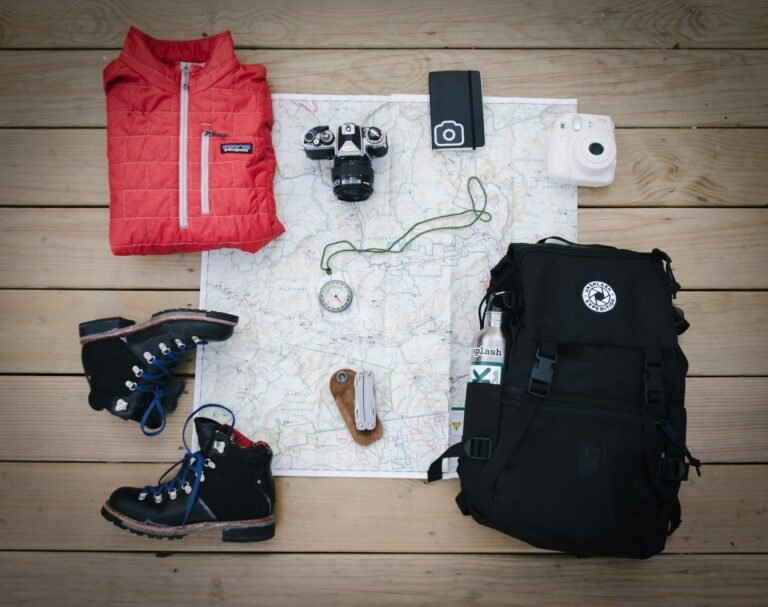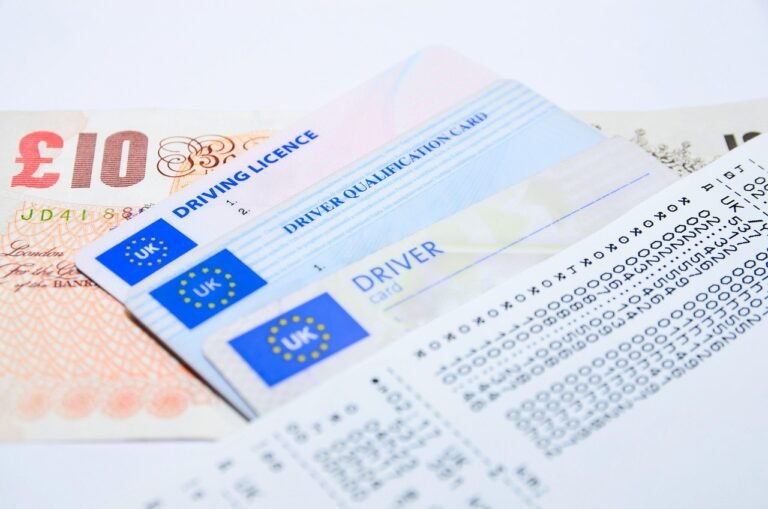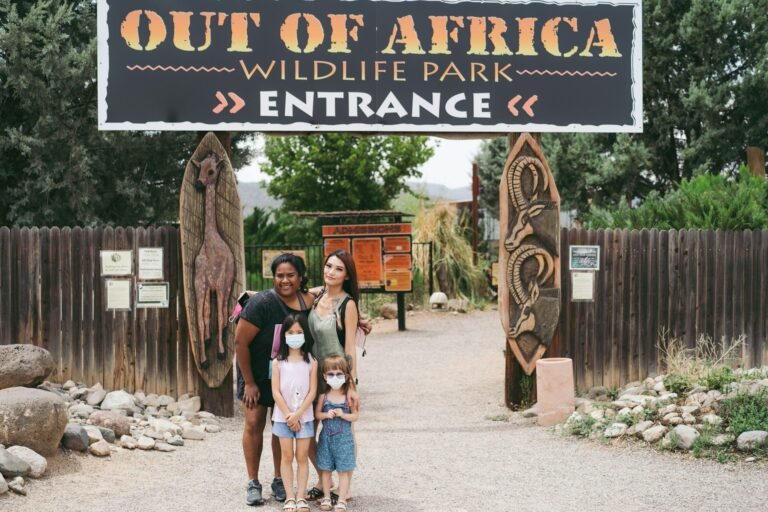Mexico in 2025—a destination that conjures images of sun-soaked beaches, vibrant festivals, and mouthwatering street tacos. But then there’s that ever-present question hanging in the air like a stubborn fog: How safe is it, really? It’s not as simple as a yes or no, of course. The landscape of safety in Mexico shifts unevenly, varying sharply between neighborhoods, states, and sometimes even blocks. It’s a patchwork quilt of safe havens and caution zones, colored by recent changes in crime patterns, government efforts, and social dynamics.
Travelers coming to Mexico these days would be wise to approach with a mix of enthusiasm and vigilance. Tourist hotspots largely maintain their charm and relative security, but stepping off the beaten path requires a more nuanced awareness. It’s a country that balances warm hospitality with complex realities, where safety can sometimes feel like a negotiation rather than a guarantee. Understanding which parts to embrace and which to sidestep is key.
In short, Mexico in 2025 isn’t a monolith of danger or safety—it’s a blend, a spectrum, an ongoing story that travelers should read with both an open heart and a cautious eye. Maybe that’s just the paradox of travel itself.
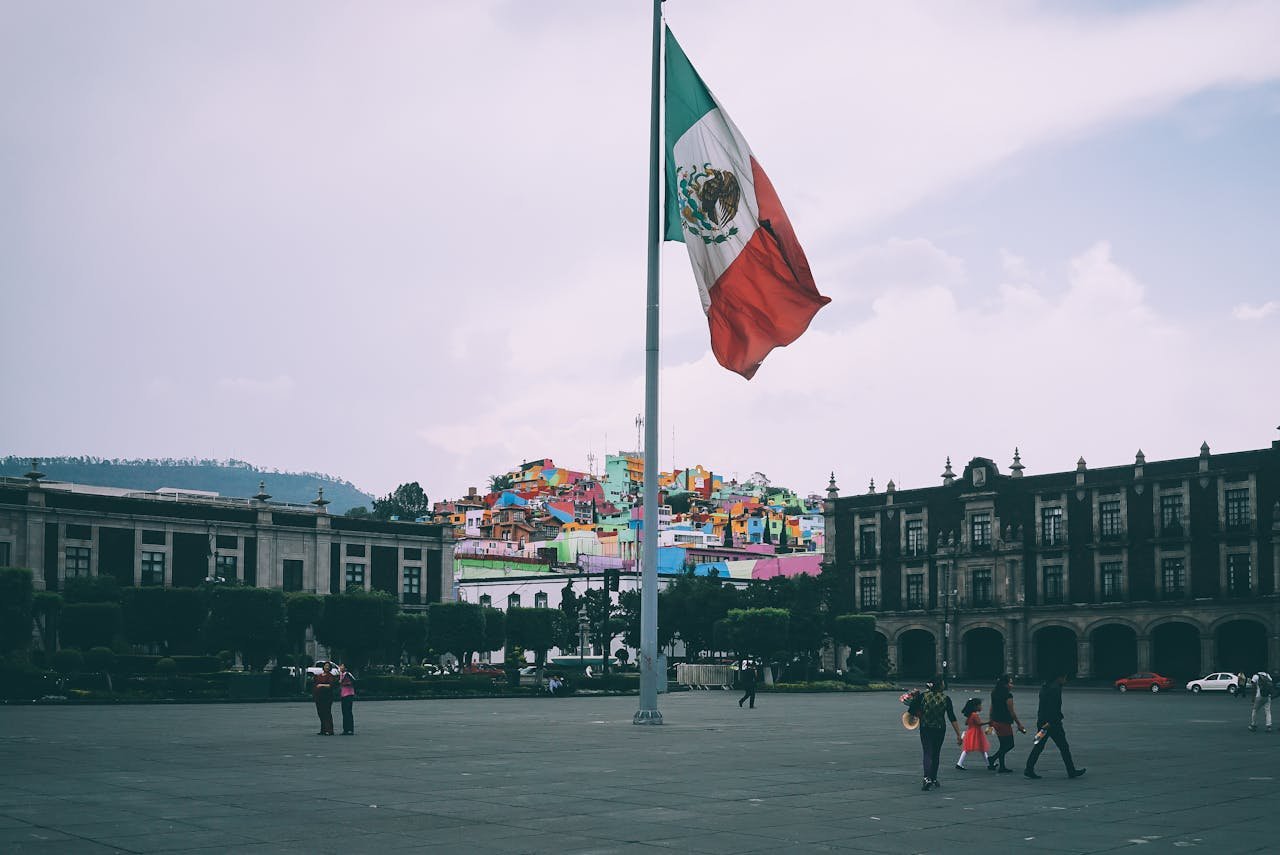
The Reality Check: Mexico by the Numbers
Before we dive into the emotional stuff, let’s get our facts straight. According to the Mexican National Institute of Statistics and Geography, tourist-targeted crimes represent less than 1% of all reported incidents in major tourist destinations. The U.S. State Department currently maintains varying travel advisories for different Mexican states, ranging from Level 1 (exercise normal precautions) to Level 4 (do not travel).
But here’s what those statistics don’t capture—the millions of travelers who visit Mexico every year and return home with nothing more dramatic than a sunburn and perhaps one too many margarita-induced decisions.
I’ve been to Mexico seventeen times in the past decade (yes, I counted), and the worst thing that happened to me was getting food poisoning from street tacos in Guadalajara. Was it the tacos? Maybe. Was it worth it? Absolutely.
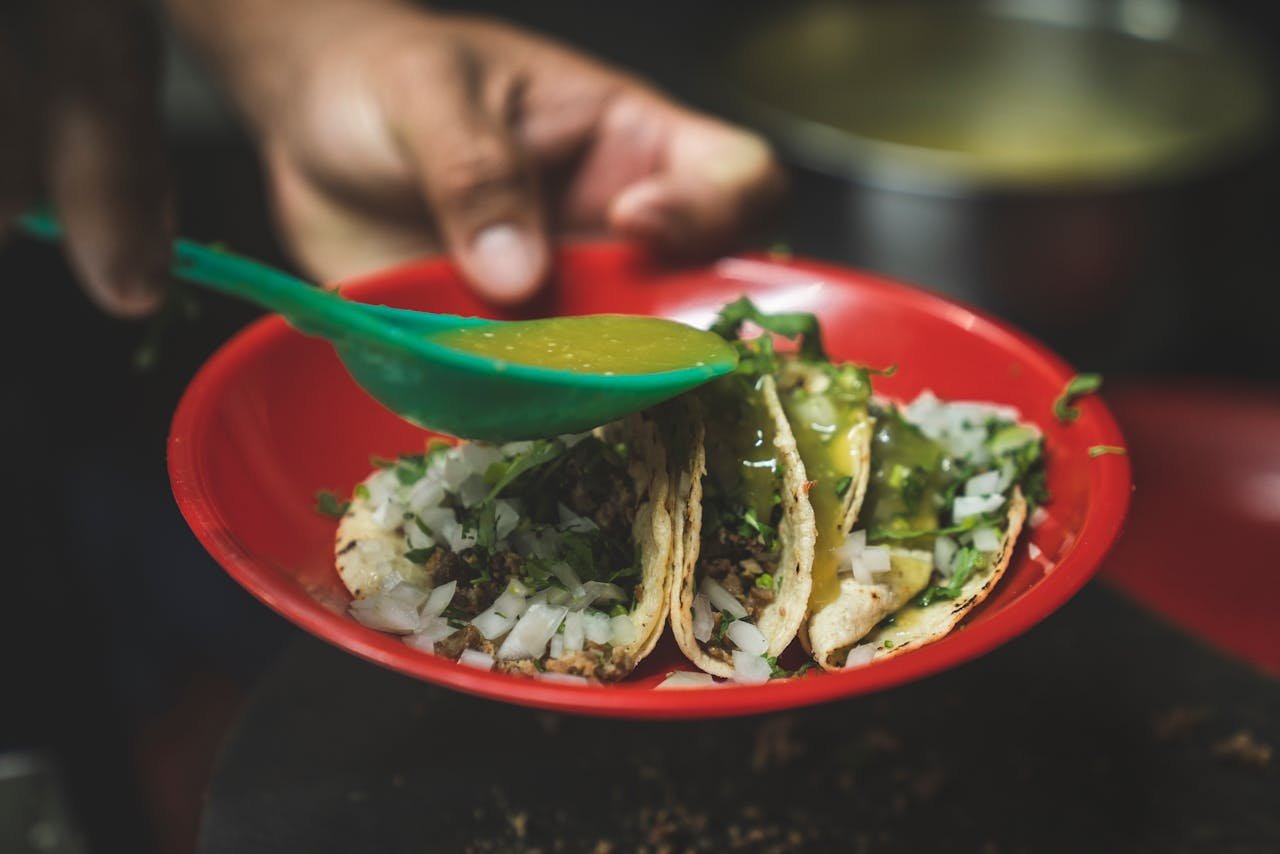
Where the Safe Spots Actually Are (And Why Tourism Infrastructure Matters)
Let’s be brutally honest here—not all of Mexico is created equal when it comes to safety. The good news? The places most travelers actually want to visit tend to be the safest ones. Tourism is Mexico’s third-largest industry, generating over $25 billion annually, so there’s serious motivation to keep visitors safe and happy.
The Golden Triangle: Your Safest Bets
Yucatan Peninsula – This region includes Cancun, Playa del Carmen, Tulum, and Merida. The Yucatan consistently ranks as one of Mexico’s safest states. I’ve wandered around Merida at night feeling more secure than I do in parts of downtown Los Angeles.
Pacific Coast Resort Towns – Places like Puerto Vallarta, Mazatlan, and Los Cabos have invested heavily in tourist police and security infrastructure. These aren’t just pretty beaches; they’re well-oiled tourism machines with a vested interest in your safety.
Mexico City (Yes, Really) – The capital gets a bad rap, but neighborhoods like Roma Norte, Condesa, and Polanco are perfectly safe for tourists who use common sense. The metro system is cleaner than New York’s, and the food scene? Chef’s kiss.

The Reality of “Dangerous” Areas
Here’s where I might lose some people, but I think honesty serves us better than platitudes. Some areas of Mexico do have legitimate safety concerns. Border states like Tamaulipas and parts of Sinaloa deal with cartel activity that can affect travelers. But—and this is crucial—these areas typically aren’t on tourist itineraries anyway.
The media loves to report on cartel violence because it’s dramatic and gets clicks. What they don’t mention is that these incidents rarely involve tourists, and when they do, it’s usually because someone ventured way off the beaten path or got involved in activities they shouldn’t have.
What Actually Threatens Tourists (Spoiler: It’s Mostly Mundane Stuff)
After talking to dozens of travelers and reading through embassy reports, here’s what actually poses risks to tourists in Mexico:
Petty theft tops the list. Pickpocketing in crowded markets, phone snatching on beaches, rental car break-ins—classic tourist crime stuff that happens in Paris and Barcelona too.
Transportation accidents are statistically more dangerous than violent crime. Mexico’s road infrastructure varies wildly, and driving standards can be… creative. I learned this the hard way during a white-knuckle bus ride through mountain curves in Oaxaca.
Natural hazards like strong ocean currents, extreme heat, and occasional severe weather pose real risks that many travelers underestimate.
Alcohol-related incidents account for a surprising number of tourist emergencies. That beachside bar might feel safe, but impaired judgment in unfamiliar territory is never smart.
The Art of Smart Travel: Practical Safety Tips That Actually Work
Okay, enough theory. Let’s talk about practical steps that make a real difference:
Before You Go
Research your specific destinations, not just “Mexico.” The security situation in Playa del Carmen is completely different from that in Tijuana. Sign up for Smart Traveler Enrollment Program (STEP) with the U.S. State Department for real-time updates.
Get comprehensive travel insurance. I recommend World Nomads or Allianz Travel—they’ve saved me thousands when a motorcycle accident in Cozumel required emergency medical care.
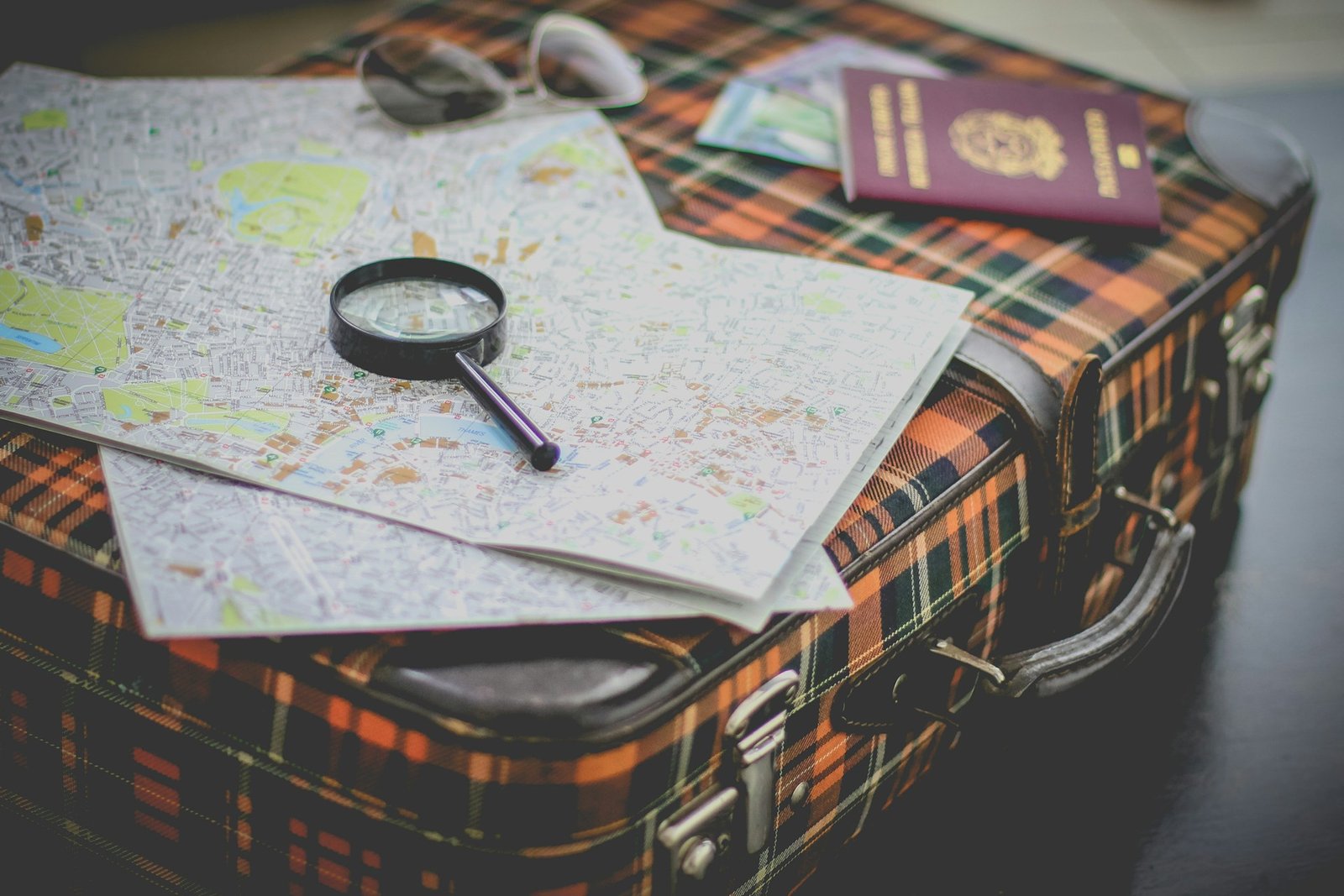
On the Ground Intelligence
Stay in tourist-friendly areas, especially for your first Mexico trip. There’s no shame in sticking to well-traveled routes until you build confidence and local knowledge.
Use official transportation options. Those unlicensed airport taxis might be cheaper, but legitimate companies like Cancun Airport Transportation have insurance and accountability.
Keep copies of important documents in multiple locations. Cloud storage is your friend here.
Trust your instincts, but don’t let paranoia ruin your experience. If something feels off, remove yourself from the situation. But remember—different doesn’t always mean dangerous.
Solo Travel and Family Considerations
Solo travelers, especially women, often ask me about Mexico safety. The truth? I’ve felt more comfortable solo in Mexico City than I have in certain European capitals. Standard solo travel precautions apply: share your itinerary with someone, avoid excessive alcohol consumption alone, and trust your gut.
Families have different considerations. Kid-friendly resorts in the Riviera Maya employ extensive security measures. Places like Moon Palace Cancun and Hotel Xcaret cater specifically to family safety concerns.
The 2025 Context: What’s Changed
Mexico’s tourism industry has evolved significantly post-pandemic. Enhanced health protocols led to improved overall infrastructure in many destinations. Digital nomad visas and remote work trends have brought more long-term international residents to places like Playa del Carmen and Mexico City, creating stronger expat communities and support networks.
The Tren Maya railway project, despite controversies, is improving connectivity and security infrastructure across the Yucatan Peninsula. New tourist police units and bilingual emergency services have been implemented in major destinations.
However, inflation and economic pressures have affected some communities, potentially increasing petty crime in tourist areas. Nothing dramatic, but worth noting.
When Things Go Wrong: Resources and Reality
Let’s be real—sometimes stuff happens. I’ve had my phone stolen in Tulum, dealt with a minor medical emergency in Puerto Vallarta, and once spent an uncomfortable night in a Guadalajara police station helping friends sort out a misunderstanding.
Key resources that actually help:
- Your embassy or consulate contact information
- Tourist police numbers (many destinations have English-speaking tourist police)
- Your travel insurance emergency contact
- Local emergency numbers (911 works in Mexico)
The Mexican government has invested heavily in tourist assistance programs. The Tourist Assistance and Protection Service provides 24/7 support in multiple languages.
The Bottom Line: Context Matters More Than Fear
Here’s what I wish someone had told me before my first Mexico trip: safety isn’t about the destination—it’s about preparation, awareness, and smart decision-making. Mexico isn’t inherently more dangerous than many other international destinations. It’s different, with its own set of considerations and precautions.
I’ve felt unsafe exactly three times during my dozens of Mexico trips. Once was my fault (too much tequila in an unfamiliar neighborhood). Once was bad luck (wrong place, wrong time during a local dispute). And once was just weird vibes in a sketchy part of Tijuana that I should have avoided anyway.
Compare that to my experiences in supposedly “safe” destinations where I’ve dealt with aggressive pickpockets in Rome, bar fights in Dublin, and sketchy situations in various American cities.
The question isn’t whether Mexico is safe—it’s whether you’re prepared to travel there intelligently.
Making Your Decision
If you’re still on the fence, consider this: Mexico received over 50 million international visitors in 2024, with the vast majority having positive, incident-free experiences. The tourism infrastructure exists precisely because millions of people have discovered that Mexico offers incredible experiences with manageable risks.
Start conservatively if you’re nervous. Book that resort in Cancun, take organized tours, stick to well-traveled areas. As you build confidence and local knowledge, you can venture further afield.
Or perhaps consider a middle ground—cities like Merida, San Miguel de Allende, or Puerto Vallarta offer authentic Mexican experiences with robust safety infrastructures and international communities.
Mexico isn’t going anywhere, and neither are the safety considerations. But life is short, and Mexico has so much to offer travelers willing to approach it thoughtfully.
The tacos alone are worth the calculated risk.
Frequently Asked Questions
Is Mexico safe for American tourists in 2025? Answer: Yes, Mexico is generally safe for American tourists who exercise normal precautions. Over 45 million visitors travel to Mexico annually with minimal incidents. Stick to tourist areas, use common sense, and research your specific destinations.
Which parts of Mexico should tourists avoid? Answer: Avoid border areas with active cartel presence, particularly parts of Tamaulipas, Sinaloa, and Michoacan. However, most tourist destinations are in safer states like Quintana Roo, Yucatan, and Jalisco.
Is it safe to travel alone in Mexico as a woman? Answer: Many women travel solo to Mexico safely. Stick to tourist areas, avoid excessive alcohol, trust your instincts, and maintain situational awareness. Cities like Merida and resort areas in Cancun are particularly solo-female-friendly.
Do I need travel insurance for Mexico? Answer: Yes, comprehensive travel insurance is highly recommended for Mexico travel. Medical evacuation and treatment can be expensive, and insurance provides peace of mind for emergencies.
Is Mexico City safe for tourists? Answer: Mexico City is generally safe for tourists in neighborhoods like Roma Norte, Condesa, and Polanco. Use official transportation, avoid displaying valuables, and stay aware of your surroundings like in any major city.
What should I do if I’m robbed in Mexico? Answer: Don’t resist. Report the incident immediately to local tourist police and your embassy. Contact your travel insurance provider and banks to cancel cards. Most tourist areas have English-speaking assistance available.
Is the water safe to drink in Mexico? Answer: Stick to bottled or filtered water in most areas. Many resorts have safe filtered water systems, but when in doubt, choose sealed bottled water to avoid stomach issues.
Are Mexican beaches safe for swimming? Answer: Most tourist beaches have lifeguards and safety measures, but always check local conditions. Strong currents and undertows can be dangerous. Look for beaches with blue flag certification for safety standards.
Is it safe to rent a car in Mexico? Answer: Car rentals can be safe with proper preparation. Choose reputable companies, get full insurance coverage, stick to main roads, and avoid driving at night in unfamiliar areas.
What’s the safest way to get from Mexican airports to hotels? Answer: Use official airport transportation services, pre-booked transfers through your hotel, or reputable ride-sharing apps where available. Avoid unlicensed taxis offering cheaper rates.
Top Travel Recommendations for Safe Mexico Travel
Accommodation Options
- Moon Palace Cancun – All-inclusive family resort with comprehensive security
- Hotel Xcaret – Eco-integrated resort with excellent safety standards
- Rosewood San Miguel de Allende – Luxury option in one of Mexico’s safest colonial cities
- Grand Velas Riviera Maya – Adults-only sections with top-tier security
- Four Seasons Mexico City – Urban luxury with concierge safety support
Transportation Services
- Cancun Airport Transportation – Licensed airport transfer service
- ADO Bus Lines – Mexico’s safest intercity bus network
- Uber Mexico – Available in major cities with GPS tracking
- Happy Shuttle Cancun – Group transportation with safety protocols
- Mexico City Metro – Clean, efficient public transit system
Travel Insurance & Safety Services
- World Nomads Travel Insurance – Comprehensive coverage including adventure activities
- Allianz Travel Insurance – Reliable medical and trip protection
- Global Entry/Trusted Traveler – Expedited border crossing program
- Smart Traveler Enrollment Program – State Department travel updates and assistance
Tours & Experiences
- Viator Mexico Tours – Vetted tour operators with safety standards
- GetYourGuide Mexico – Local experiences with customer reviews
- Xcaret Parks – Safe, family-friendly cultural and nature experiences
- Chichen Itza Official Tours – Authorized archaeological site visits
- Mexico City Food Tours – Safe culinary exploration with local guides
- Cozumel Diving Centers – PADI-certified diving operators with safety protocols

